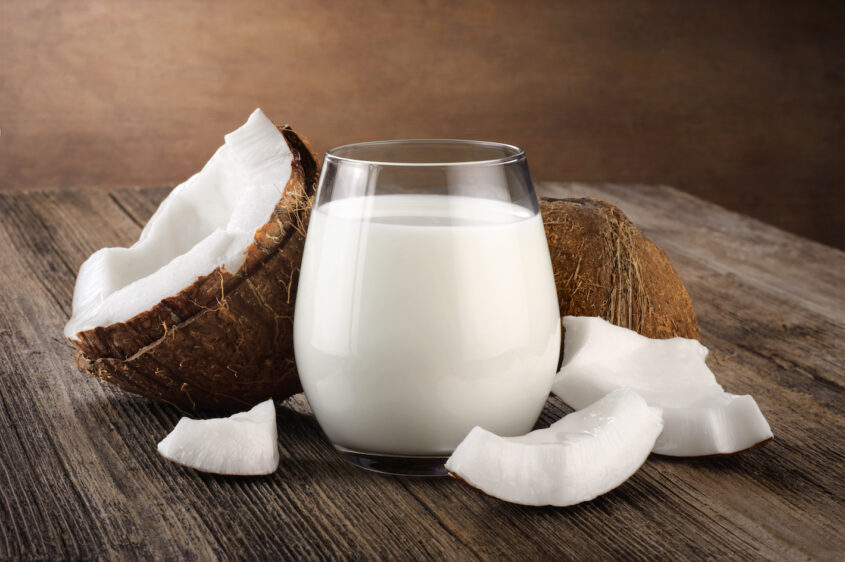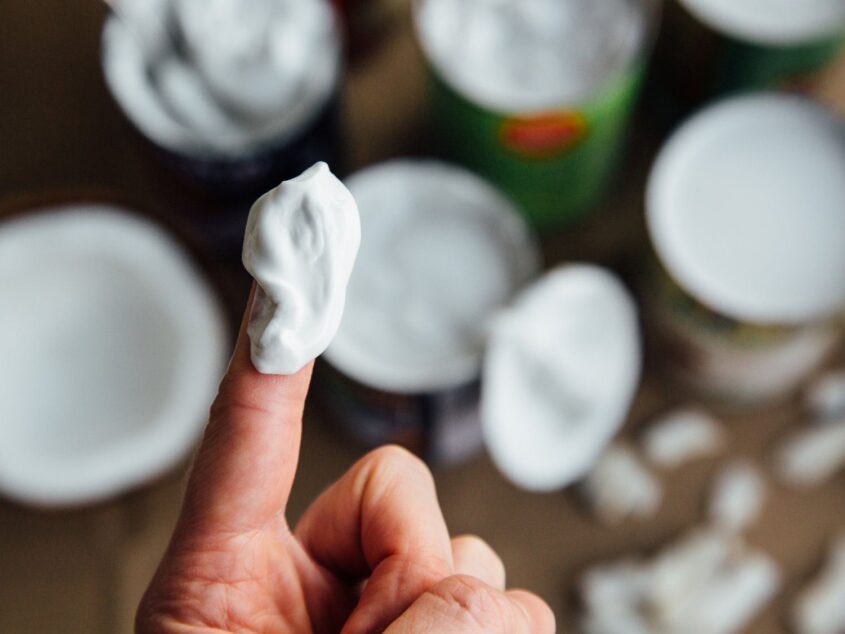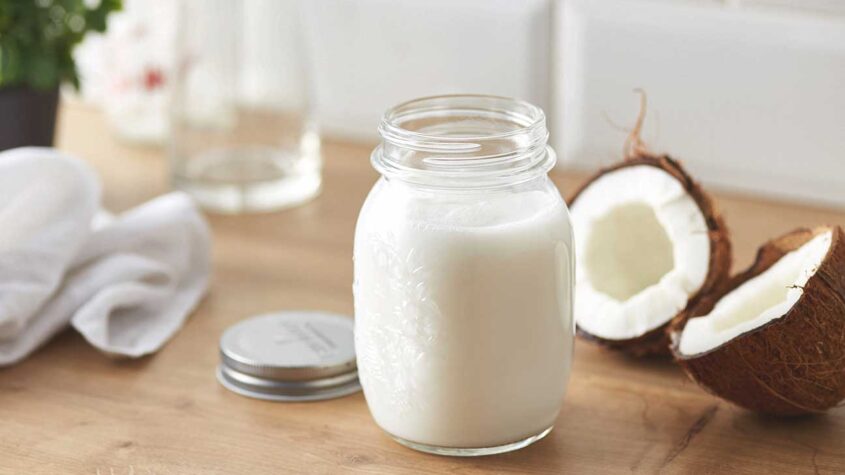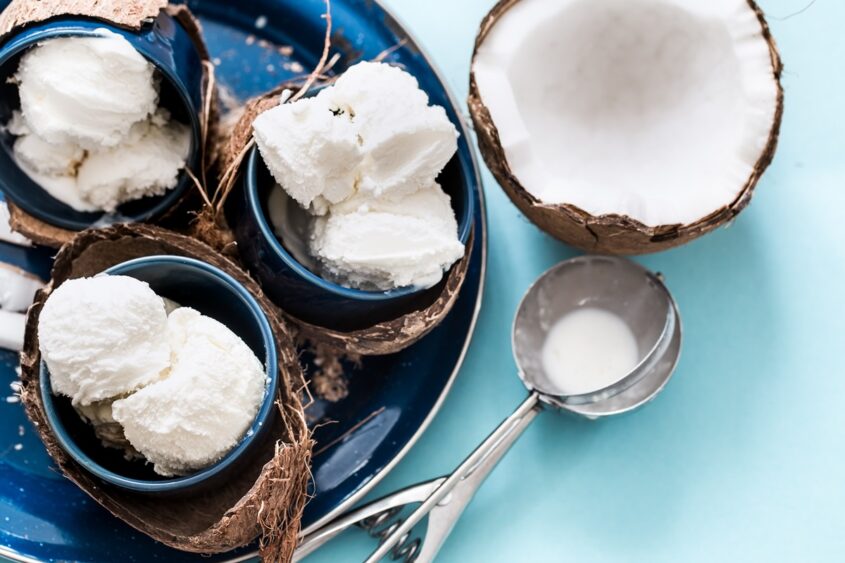
If you are considering cooking with coconut milk, then you certainly aren’t alone. This ingredient has recently gained global fame as more and more people stock up on it. And, once you’ve had a taste of what this milk can do, it’s easy to see why it has become so popular.
Of course, if you don’t have too much experience with coconut milk, you may be a bit stuck on how to use it in your food. Well, if this is the case, don’t fret as this is the best possible post for you. Here you will discover all the information and tips you need to master this ingredient.
Let’s begin!
Coconut Milk: The Beverage vs. The Cooking Ingredient

The first thing you need to be aware of is that there are two main types of liquid coconut milk. The first is the beverage. It is a substitute for dairy milk and is used in coffee, smoothies, and other drinks. It can also be added to a bowl of cereal.
This is a watered-down version of coconut milk with a more subtle taste and fewer calories. It may also be fortified with various vitamins, minerals, or other nutrients. You will typically find this kind of milk in boxes, but remember that boxed coconut milk isn’t only for the beverage!
The cooking ingredient, on the other hand, is typically found in cans. It has a much higher fat content and a thicker consistency as well. The coconut taste is very distinct here and it will be a prominent feature in any dish that you are using.
The most important thing to note here is that these two types can’t be substituted for one another. If you try to use the beverage in your food, you will be left with a watery, tasteless concoction. In most instances, the canned coconut cream maybe a little too overpowering in most beverages. Not to mention, it is quite high in calories as well.
Fresh vs. Canned Coconut Milk

Like most people, you may have only ever come across canned coconut milk. So, you may not have too many opportunities to use fresh coconut milk in your food. However, it is still possible to make fresh coconut milk. All have to do is steep frozen grated coconut in warm water.
Once the shredded coconut has absorbed most of the water, simply squeeze the coconut out over a bowl. The liquid that comes out of this is fresh coconut milk. It is possible to re-steep the leftover coconut again and again. Nevertheless, this coconut milk will be a lot more diluted than the initial solution.
Now, canned coconut milk can be a good substitute for the fresh version. Of course, this is provided that you pick the right brand. In case you need any help in this department, check out For the Love of Coconut – you will be able to find the top suggestions there.
Whenever possible, look for coconut milk with the least number of ingredients – coconut cream and water. This is often the healthiest option. Some brands will add ingredients such as guar gum to thicken or help stabilize the milk. These are fine, but steer clear of any brands that use carrageenan in their formula.
How You Can Use Coconut Milk in Your Food

When most people think of coconut milk, they may automatically think of curries. However, not all curries are the same – this isn’t the case at all. While coconut milk is largely used in Thai cuisine, many other cultures use it as well. This includes Malaysia, South India, Sri Lanka, and numerous other places.
So, if you do want to use coconut milk to make curries, your first step is to narrow down what kind of cuisine you want to cook. For a truly wonderful experience, attempt to try out as many of these options as possible.
When buying the coconut milk always check to see if it is full-fat or light coconut milk. Most curries require the full-fat version, even if they don’t explicitly say so. While you can use light coconut milk, it will result in a watered-down version of the curry.
Coconut milk is more versatile than many people realize. You can use it as a base for stews and sauces. Or, add it to sautéed vegetables and cook up a creamier, more luxurious dish. You can even cook rice in coconut milk for a tastier and silkier effect.
This milk can also work to balance dishes that are traditionally quite acidic or tart. And, if you feel like a particular recipe is overcome with spices, coconut milk will cool it right down.
Coconut milk isn’t just for savory dishes, though, it is wonderful in desserts as well. It is thick, creamy, and works well sweetened too. And, as an added bonus, it imparts that gorgeous coconut taste, elevating any dessert that you are trying to make.
Now, just what kind of desserts can you make?

While coconut ice cream is fairly well-known, you can also use coconut milk in mousses, sweet dips and sauces, and even pudding! It can be utilized as an alternative to dairy milk or can have its starring role. You should know that coconut works well chocolate and tropical fruit flavors.
Due to its texture, the cream from the coconut milk can be whipped up to form whipped cream. Or, it works well for frostings and fillings as well. If you can’t get enough of coconut, consider making a coconut cake. Surprisingly enough, there are many different versions of this decadent treat. You can even make coconut cupcakes!
As you can see, coconut milk is a complex ingredient. Thus, if you wish to use it in your food, follow these guidelines carefully. It is the best way to ensure that you end up with a wholesome and delicious dish. So, keep these pointers in mind the next time you decide to add coconut milk to your food.











